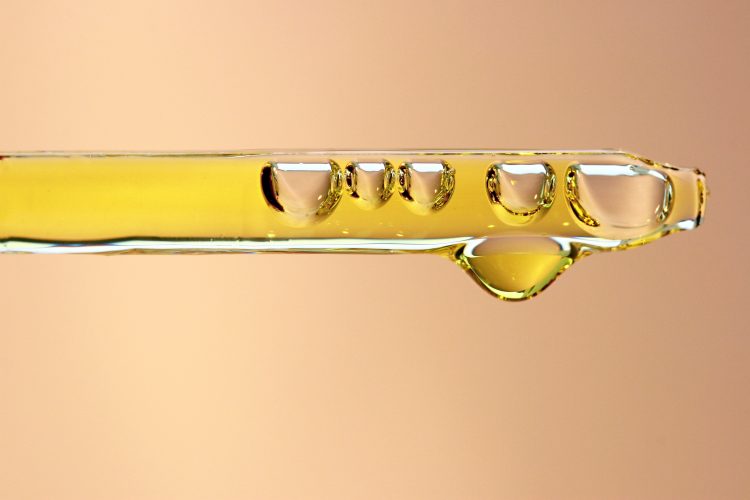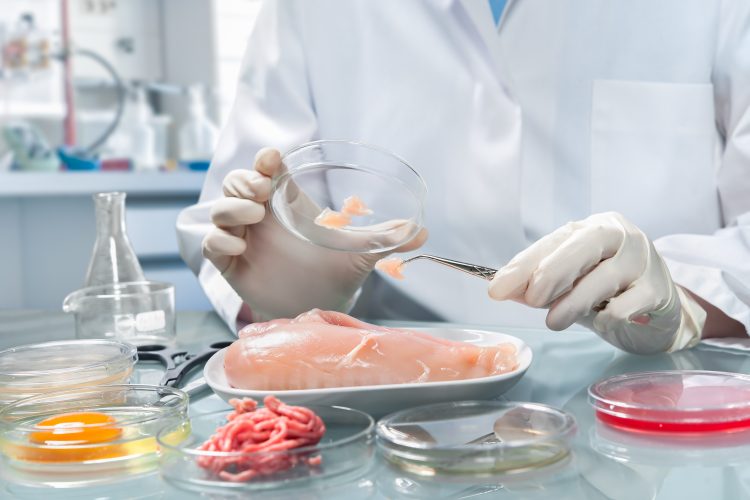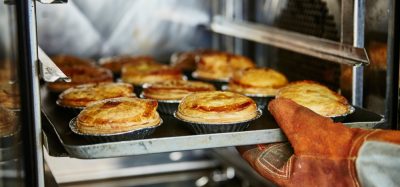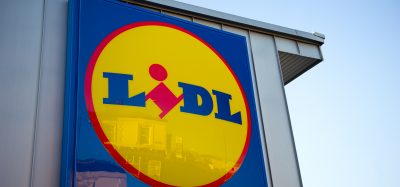Outwitting food fraud
- Like
- Digg
- Del
- Tumblr
- VKontakte
- Buffer
- Love This
- Odnoklassniki
- Meneame
- Blogger
- Amazon
- Yahoo Mail
- Gmail
- AOL
- Newsvine
- HackerNews
- Evernote
- MySpace
- Mail.ru
- Viadeo
- Line
- Comments
- Yummly
- SMS
- Viber
- Telegram
- Subscribe
- Skype
- Facebook Messenger
- Kakao
- LiveJournal
- Yammer
- Edgar
- Fintel
- Mix
- Instapaper
- Copy Link
Posted: 22 August 2019 | Susan Brownlow | No comments yet
There are many reasons why food quality, safety and traceability screening is important, from supporting product labelling, to combatting food fraud and ensuring foodstuffs are safe for human consumption. Here, New Food hears from an industry expert about some of the techniques currently in play designed to combat the fakers.


Food fraud is a growing problem in Britain, costing consumers an estimated £1. 17 billion a year, according to the National Food Crime Unit (NFCU).1 Set up in 2014 following the horse meat scandal, it estimates that there are more than 20 organised crime groups operating within our borders targeting a range of food and drink products.2
What’s being counterfeited?
In the UK, wine consumption continues to grow each year, but as a highly competitive and saturated market there is temptation to create products that can be sold cheaper, which can lead to nefarious cost-saving methods.
Fine wines and brandies also lend themselves to counterfeiting through false information on labels, particularly since certain vintages attract higher prices than others. Such fraudulence can include adulteration with cheaper products such as fruit juices, and sometimes harmful chemicals and sweeteners to compensate for colour or flavour. However, the NFCU states that the most prevalent and dangerous counterfeit alcohol involves fake vodka, which can contain toxic levels of methanol or solvents such as ethylene glycol, acetone or toluene.
The NFCU has also reported a steep rise in farm animal rustling, with animals being slaughtered in unlicensed and unhygienic premises. Offal, destined as an ingredient in pet food, has been detected in one in five takeaways where its claims to be lamb were proved false.3


There has been an increase in farm animal rustling, with animals slaughtered in unlicensed and unhygienic premises, according to the NFCU
Olive oil is another product susceptible to fraud. Produced to different standards by varying methods of production, its quality is partly determined by the free acidity of the soil. The production and sell-by dates are critically important, as the oils are prone to oxidisation and become rancid. Since each of these factors determine the value of the end product, falsifying any of this information amounts to counterfeiting; the most common and potentially dangerous practice involves the addition of cheap colourants or chemicals to mask an unpleasant taste, colour or smell of an oil no longer fit for consumption.
Honey – Manuka in particular – can be counterfeited in various ways through adulteration with sugar, corn syrup and other sweeteners. Honey type can also be misrepresented by a fake declaration of botanical or geographical origin to attract a higher price on the market. Manuka honey demonstrates antiviral and antibacterial qualities, so when costly product is misrepresented, consumers are deprived, both financially and from the health benefits. The NFCU estimates that one in three jars of Manuka honey fail to meet the label claims covering quality or botanical origin.4
Expensive spices like saffron and vanilla are frequently substituted with cheaper spices that taste and look the same thanks to food flavouring and dyes. Saffron originates from a crocus flower that tends to produce only about four blossoms in its lifetime. While it has been replaced with other harmless plants, there have been instances of substitution with inedible synthetic materials.
Identifying adulterated food
The increasing penetration of counterfeit food and beverages into the consumer supply chain is prompting authorities to accelerate existing measures to intercept and identify these products. Food standards authorities typically rely on laboratories that use sophisticated instrumentation and techniques to identify components of foodstuffs. One of the most commonly used techniques involves gas chromatography, which enables the constituent components of samples to be identified and quantified. Liquid chromatography, which also employs gas to analyse foodstuffs, and high performance liquid chromatography (HPLC) can also be implemented to help identify compounds at such low quantitates as parts per trillion.
When more sophisticated analysis is required, Nuclear Magnetic Resonance (NMR) can be used, which involves generating a high magnetic field around the nuclei of a particular molecule allowing it to absorb and re-emit electromagnetic radiation. The pattern in which this occurs enables identification of the molecules present. While the FSA and NFCU rightfully state that the quality and safety of foodstuffs in the UK – and the legislation protecting them – is among the most rigorous in the world, it is evident that constant vigilance is needed to maintain that accolade, with increasingly sophisticated techniques to ensure compliance.
About the author
Susan Brownlow has three decades of experience researching and writing about the latest food and beverage technology trends on behalf of some of the world’s most pioneering innovators. As a tri-national, holding British, American and EU citizenship, she has a truly global perspective on the key issues surrounding food safety and security that we face today.
References
1-4 Food Crime Annual Strategic Assessment: A 2016 Baseline; Food Standards Agency & Food Standards Scotland; United Kingdom.









